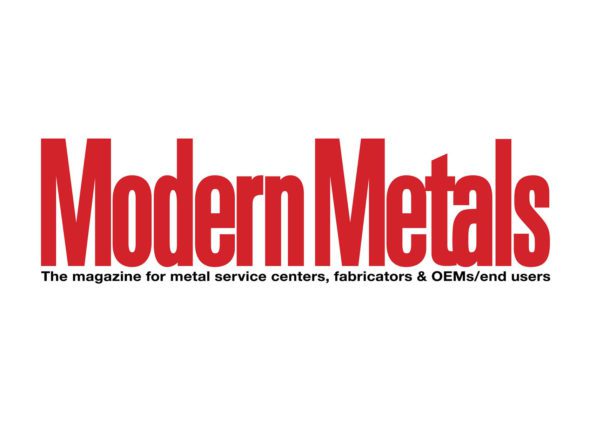Read Article on modernmetals.com
Written by By Nick Scodro
A measured, multi-front response is required when something as critical as a trade barrier is erected
October 2019 – How have the tariffs between the United States and China affected your business? Are you a large importer whose material costs have increased? Have you been able to sell more product domestically because the tariffs have reduced competition from China? As a business owner or manager, you grapple with questions like these every day. But the impact of tariffs goes beyond the headlines. As you’ve experienced, shifts in trade policy have the potential to ripple through multiple layers of your business and your financials.
Companies in a wide range of industries, especially those with international supply chains, have been required to make changes in response to the current trade environment and the proliferation of tariffs on goods crossing between the U.S. and China. In some cases, those changes are relatively simple—for example, adjusting prices to reflect changes in material cost. In other cases, the changes have an operational impact—for example, sourcing new suppliers or changing the manufacturing process.
Any time a significant external factor drives a change in your business, it is important to consider updating your risk management practices. Additionally, there may be unexpected effects on cost variables like your insurance or sales team compensation. In speaking with executives around the country, we’ve heard multiple examples of companies responding to tariffs in a way that affects either their insurance costs or their risk profile.
One electrical products manufacturer that sources from China experienced a significant tariff-related increase in the cost of acquiring components. The company has been successful in passing along the higher costs to its customers, so gross margins have not suffered. But the company’s revenue figures are artificially inflated versus the normal run rate due to tariff-related price increases. And because the manufacturer’s general liability insurance premiums were based on revenue, that artificial increase resulted in a higher-than-expected premium at audit.
In effect, tariffs negatively affected the bottom line, not through their direct cost but through the second-order effect on insurance pricing. To address this going forward, the manufacturer’s insurance carrier agreed to base future premiums on a net revenue figure that neutralizes the effect of the tariff.
A large consumer products manufacturer took steps to control its import cost by stockpiling inventory in Foreign Trade Zone warehouses (FTZs). This practice insulates the company against future tariff increases because product that leaves an FTZ is assessed at the prevailing tariff rate when it entered the FTZ, rather than the potentially higher rate in effect on the outbound shipping date.
However, it also means that the manufacturer is warehousing greater amounts of inventory at these depots. As a result, it has a new exposure to the risk of an adverse event damaging that inventory at any of those warehouses. This manufacturer should add any new warehouse locations to its insurance policies and make certain it has sufficient limits for the value stored.
Many businesses have responded to the tariffs by reviewing their supplier relationships and have increased the volume of product purchased domestically. In some cases, the new suppliers would have been considered “contingency only” suppliers before tariffs were imposed.
Now, however, those new suppliers may be the primary sources of essential components or raw materials. This creates at least two concerns from a risk management perspective. First, once a company has shifted sourcing to its “contingency” supplier, what is the new contingency plan? Second, has the company informed its insurance broker and carrier of this shift and made any necessary changes to its supplier business interruption coverage? Unless it has done so, the consequences of having zero coverage for any disruption at the new supplier could be devastating.
These are by no means the only examples of companies’ risk management requirements being affected by trade policies. Rather, they are mere examples of the ways in which one change in the business environment (such as international trade) can affect companies’ risk practices and insurance costs.
Because of examples like this—and because a change in the business environment requires nothing more than a tweet—we believe it is essential for companies to work closely and frequently with their risk and insurance advisors to discuss which strategies might best address these changes within the company’s risk processes and insurance programs. MM
Nick Scodro is head of business development at RBN Insurance Services, a Chicago-based agency providing trusted risk and insurance advice to mid-sized businesses. He works with clients to develop tailored risk and insurance solutions.
